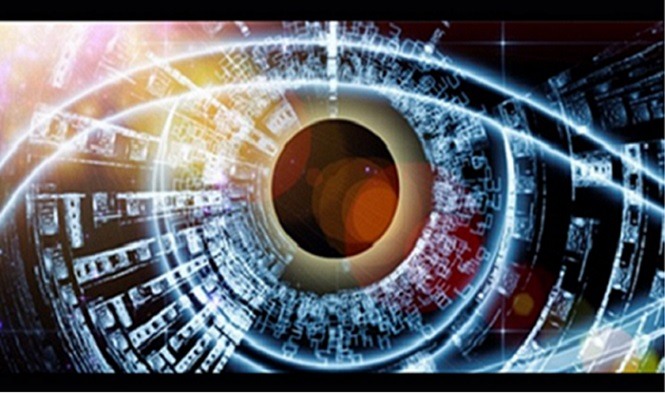
Emerging Technologies: IoT, Augmented Reality and Virtual Reality.
Academic Questions on Emerging Technologies
Q. Urban performance currently depends not only on a city’s endowment of hard infrastructure (physical capital), but also, and increasingly so, on the availability and quality of knowledge communication and social infrastructure (human and social capital). The latter form of capital is decisive for urban competitiveness. Against this background, the concept of the “smart city” has recently been introduced as a strategic device to encompass modern urban production factors in a common framework and, in particular, to highlight the importance of Information and Communication Technologies (ICTs) in the last 20 years for enhancing the competitive profile of a city. The demand for smart cities has increased in recent years. In order to meet the demand of a smart city project in a country like India, with the help of any smart city project in India explain what are some of the key elements for such smart cities and also mention their importance.
Source: https://www.tandfonline.com/doi/abs/10.1080/10630732.2011.601117
GET INSTANT HELP FROM EXPERTS!
- Looking for any kind of help on your academic work (essay, assignment, project)?
- Want us to review, proofread or tidy up your work?
- Want a helping hand so that you can focus on the more important tasks?
Hire us as project guide/assistant. Contact us for more information
Q. You have been assigned as a part of a committee in the city to identify where IoT can be used to promote areas in healthcare and pharmaceuticals. In your opinion, what are those areas where IoT can be used in this sector?
Q. Augmented Reality (AR) is an emerging form of experience in which the Real World (RW) is enhanced by computer-generated content tied to specific locations and/or activities. Over the last several years, AR applications have become portable and widely available on mobile devices. AR is becoming visible in our audio-visual media (e.g., news, entertainment, sports) and is beginning to enter other aspects of our lives (e.g., e-commerce, travel, and marketing, education) in tangible and exciting ways. Facilitating ubiquitous learning, AR will give learners instant access to location specific information compiled and provided by numerous sources.
Educators around the globe today have realized that AR/VR are big breakthroughs when it comes to learning — for a method as well as outcomes. AR has great potential in democratizing the educational process and making it a personalized learning experience for learners of all stripes. Simply put, augmented reality or AR is a multi-sensory interactive experience that involves real-world elements in a virtual environment. It is known to offer perceptually-enriched experiences to users by using real-world elements and adding a layer of information or visual aid on top of it in a natural manner.
The most common examples of AR technology is seen in animated emojis these days on smartphones such as Apple iPhones, Samsung Galaxy series and more. In the industrial context, AR applications can help with on-the go learning for maintenance and troubleshooting, systems maintenance work and other computer-aided learning and training. The primary reasons why AR is believed to be the future of learning and education include better learning retention, personalised learning experiences, increased possibilities of experimentation, reduced reliance on learning by rote, empowering educators and learners, encouraging active learning. Classrooms in the future will not look like they do today.
AR will see a prominent push in the next 3 to 5 years in India, and most schools will have dedicated tools. Higher education will see faster adoption for AR tools, given that the technology is already present in such institutions. (Source: https://inc42.com/features/what-is-the-future-of-edtech-and-learning-in-indiafrom-an-ar-vr-lens/)
a. What is AR and explain its benefits in the education sector?
b. Give an example of educational startups that provide AR solutions to educational institutes. What are the certain challenges in adopting AR by educational institutes?
Q. There is continuous change in the way different functions performed by businesses. The use of emerging technologies in different organisations is adding value or creating difficulties for the internal stakeholders?
Develop your argument based on your organisation and link it with reference to any selected function. Your argument should be based on creativity and commercial value the selected technology is able to or can bring within the selected function. The functions which have an impact could include:
• Production Optimization • Supply Chain Management. • Asset Tracking and Management • Financial Decision Making • Customer Experience
Please note, this is not an essay but rather a discussion with your peers and thus you are expected to:
• Post your initial thoughts (400-500 words) in the discussion board in Blackboard. Post at least 5 or 6 meaningful and insightful responses to others in the forum (each response should be up to 100 words) Ask insightful questions that help you and others to learn • Offer contributions based upon literature and your own practice or experience.
You will be assessed based upon participation, communication, the quality of your posts in the discussion forum, academic writing skills, critical analysis and originality.
StudyMumbai.com is an educational resource for students, parents, and teachers, with special focus on Mumbai. Our staff includes educators with several years of experience. Our mission is to simplify learning and to provide free education. Read more about us.

Leave a Reply
You must be logged in to post a comment.